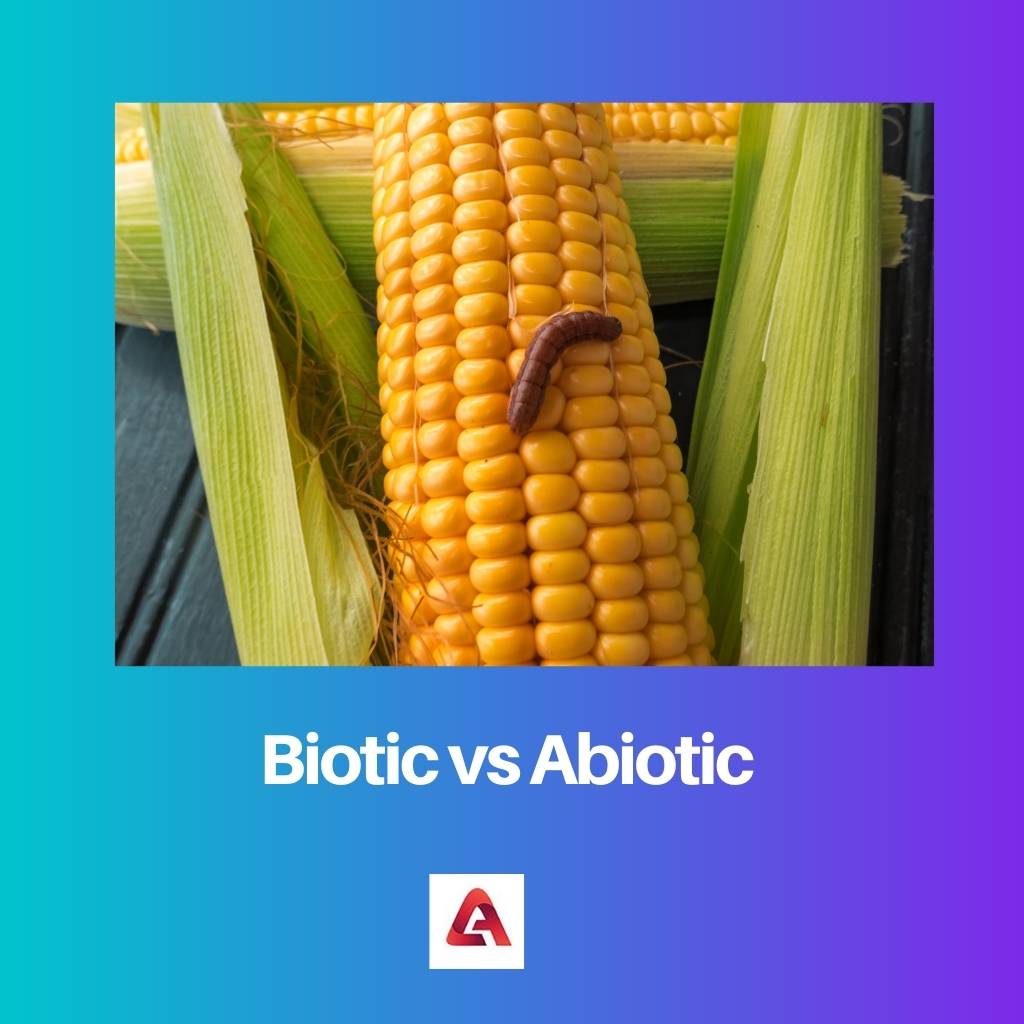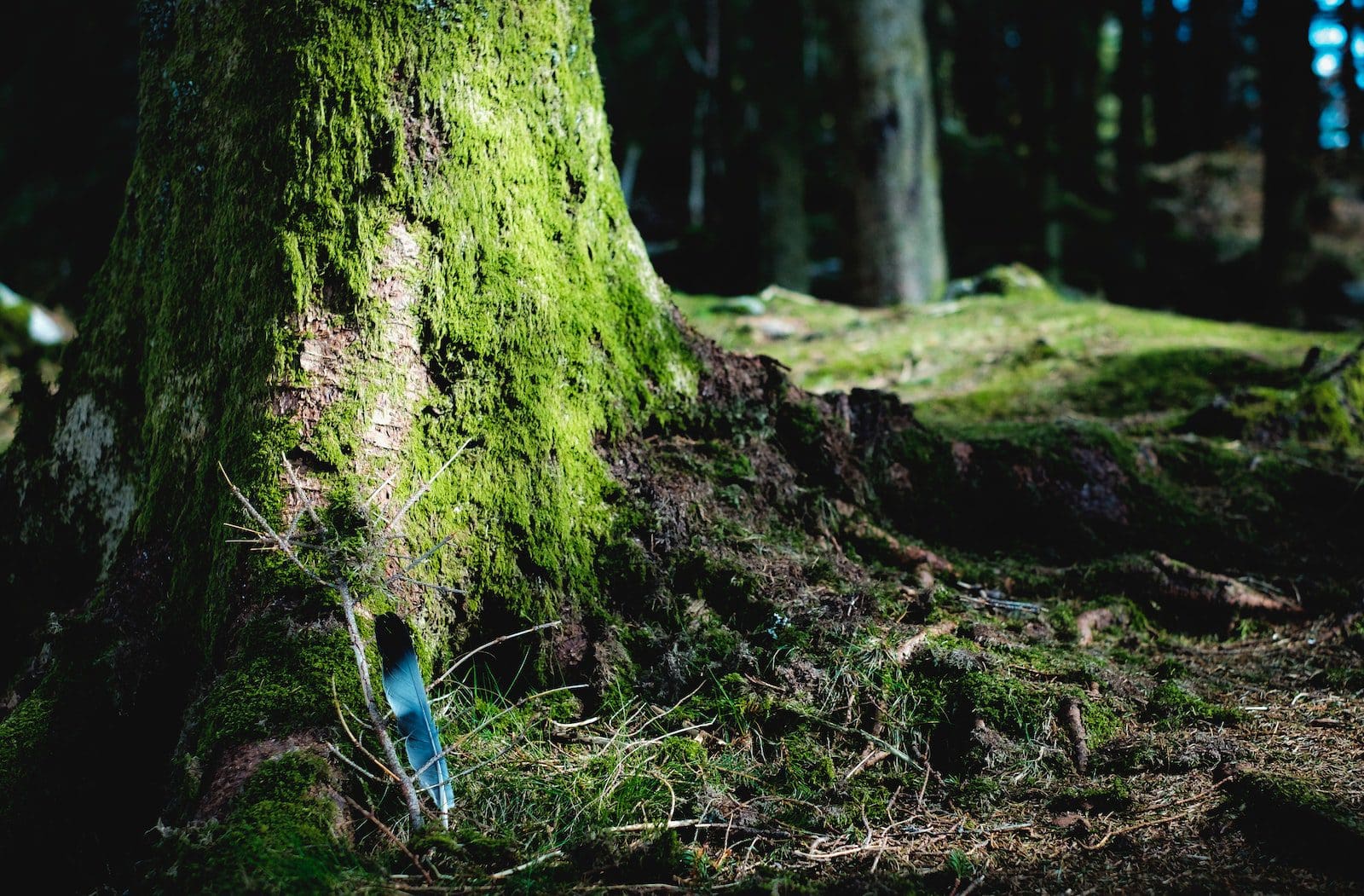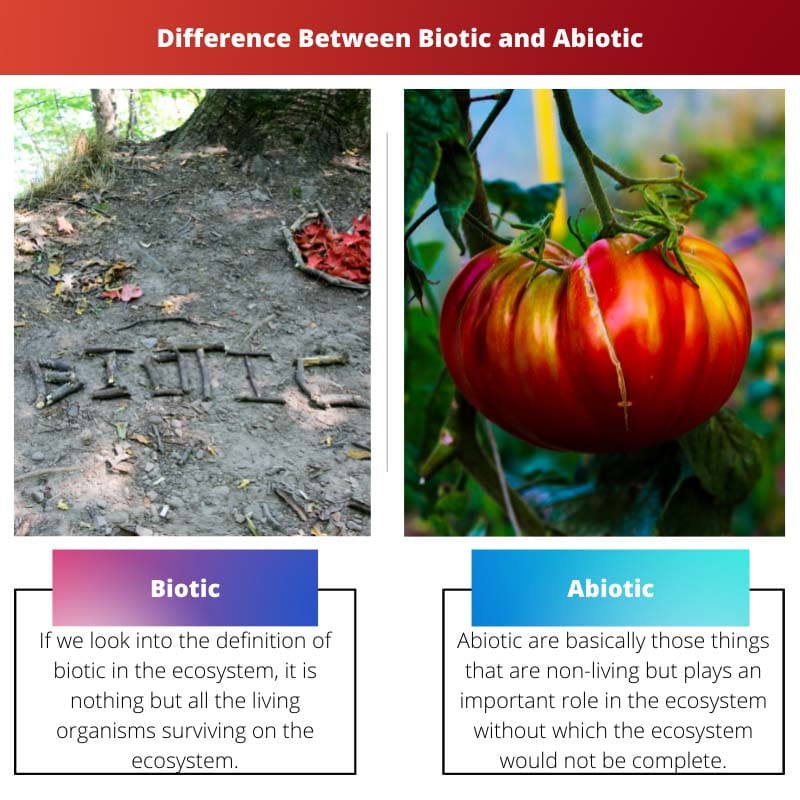Biotic and abiotic are the two main components of an ecosystem that are responsible for the proper functioning of the ecosystem and environment.
The major difference between these two components is that biotic refers to all the living organisms on the planet Earth and abiotic is all the non-living substances found, such as water, air, and any metal form that exists.
Key Takeaways
- Biotic factors include living organisms, their interactions, and their byproducts, while abiotic factors are non-living components that influence an ecosystem.
- Biotic factors involve predation, competition, and symbiosis, while abiotic factors include temperature, light, and soil composition.
- Both biotic and abiotic factors are crucial for maintaining the balance and health of ecosystems.
Biotic vs Abiotic
The difference between the term biotic and abiotic is that the biotic components in the ecosystem are living components, and the abiotic components are non-living. This is considered the major difference between the two components, affecting the ecosystem separately.

Biotic components can be defined as all the components which are in the living form. The word biotic is derived from the Greek word biotics, which in Greek means about life. The biotic factors result in producing the by-factors, which ultimately help In developing the ecosystem furthermore.
According to the biological meaning of the term, abiotic are all those natural phenomena that are responsible for the proper functioning of the ecosystem for example, all the chemicals, natural gases, sunlight, etc., fall under abiotic components, which helps.
Abiotic factors are indulged in providing the basic factors required for producing the by-product for biotic components. If we look at the example, we can see that during the process of photosynthesis, plants require sunlight, air, and water to produce their own food.
Comparison Table
| Parameters of Comparison | Biotic | Abiotic |
|---|---|---|
| Introduction | If we look into the definition of biotic in the ecosystem, it is nothing but all the living organisms surviving on the ecosystem. | Abiotic are basically those things that are non-living but plays an important role in the ecosystem without which the ecosystem would not be complete |
| Examples | Plants, humans, fungi, bacteria, etc. | Water, air, sunlight, etc. |
| Factors involve | In the biotic category, we see that they help in forming a cycle in the ecosystem by producing and reproducing and gradually building up the cycle. | The abiotic factors help in developing the cycle of the ecosystem in external terms for example sunlight is the basic requirement for plants during photosynthesis. So, they are involved with biotic in some or another way. |
| Affects | Biotics directly affects the ecosystem as well as the life cycle in the ecosystem and life cycle. | Abiotic indirectly affects both ecosystems as well as a life cycle. |
| Adaptation | It can adapt very easily | It takes time for adaptation |
| Origin | They originate from the biosphere | They originate from the lithosphere, hydrosphere, and atmosphere |
What are Biotic Components?
Biotic, in simple terms, can be defined as a living organism that can survive on its own. Biotics directly affects the ecosystem because they help nature and the ecosystem produce, reproduce, and maintain a healthy balance in the ecosystem.
Biotic factors help to create a life cycle in the ecosystem for example, we can say that plants make their own food, and humans are dependent on plants and animals for food, and the cycle continues.
The three main elements of biotic components are:
- Producers
- Consumers
- Decomposers
Producers are those organisms who produce their own food, for example, plants,
Consumers are those who are dependent on producers for the survival of their food for example, humans
Decomposers are those creatures who decompose the leftovers which are not decomposed or are leftover by humans

What are Abiotic Components?
Abiotic components are those components that are involved in the ecosystem externally, for example, all the physical as well as chemical factors such as air, water, sunlight, and natural gases like carbon dioxide, oxygen, etc., which help in the survival of biotic components they not only help them to survive but they create a healthy environment for them to grow.
In simpler terms, we can say that abiotic factors are responsible for the survival of biotic components.
Types of abiotic factors:
There are mostly three types of abiotic factors they are:
- Edaphic factors – edaphic factors mostly include land, soil, minerals, mountains, valleys, etc. The word edaphic is derived from the Greek word edaphos which means floor.
- Topographic factor– topographic factors are likely to influence the large-scale area. Therefore, these factors include altitude, surface, exposures, slope etc.
- Cliamatic factor– climatic factor, as the name suggests, all the climatic features which can influence the biotic components such as light, atmospheric temperature, particles present in the air, etc. falls under the climatic factor.
These three are considered to be the most important factor influencing the abiotic components in the ecosystem.

Main Differences Between Biotic and Abiotic Components
- The major difference between biotic and abiotic components is that the biotic components are living organisms that can breathe for survival, whereas if we take a look into abiotic components, they are non-living organisms which do not require anything for survival.
- Abiotic factors have a direct effect on the biotic components by affecting their ability to produce and reproduce by providing them with the suitable conditions regarding where as biotic factors have a direct influence over themselves, which can be seen in the form of the life cycle where the organisms are interdependent on each other for the purpose of obtaining and procuring food.
- Biotic factor originates from the biosphere, whereas abiotic factors originate from lithosphere, hydrosphere and atmosphere.
- The biotic components directly affect the ecosystem, and the abiotic factor affects indirectly.
- Biotic factors can easily adapt to the environmental changes and abiotic factors takes time to adjust according the nature.




